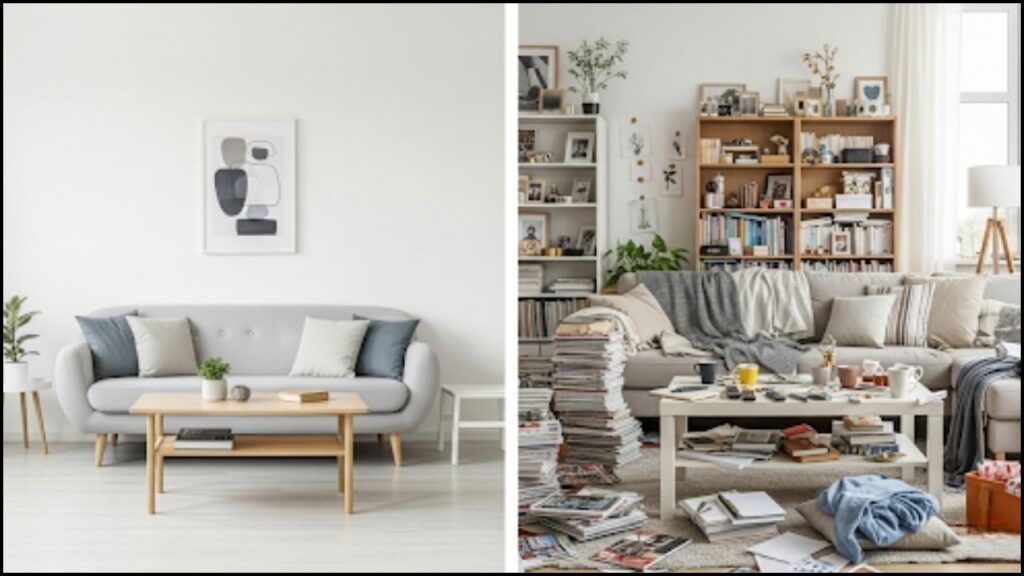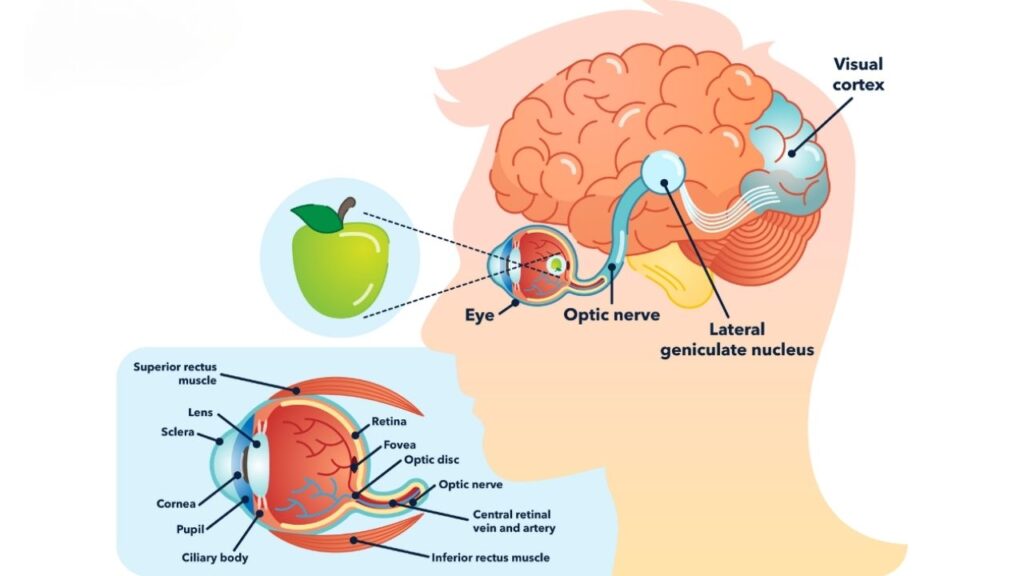
The perception of space within a home is not solely determined by its square footage. A phenomenon known as visual clutter often makes rooms, particularly living rooms, feel cramped and disorganized, regardless of their actual size. This issue, a primary concern for designers and homeowners, is rooted in the human brain’s processing of environmental stimuli and has a significant impact on how people experience their living spaces.
What Is Visual Clutter?
Visual clutter refers to the presence of an overwhelming number of objects, colors, and textures within a space that confuses the eye and the brain’s ability to process information. This goes beyond simple disorganization; it is a psychological and neurological concept that affects spatial perception. According to a study published in the journal Psychological Science, a cluttered environment can overload the visual cortex, leading to feelings of stress and a diminished sense of well-being.
Dr. Anya Sharma, a professor of environmental psychology at the University of California, Berkeley, explains the effect. “Our brains are constantly trying to make sense of our surroundings,” she said in an interview. “When there are too many competing visual signals—piles of magazines, an excessive number of throw pillows, or a chaotic gallery wall—the brain has to work harder. This cognitive load translates into a feeling of confinement and unease, making the space feel physically smaller than it is.”
The phenomenon is often misunderstood by homeowners, who may focus on removing large pieces of furniture in an attempt to open up a room. However, experts argue that a single, well-placed couch can occupy more physical space but create less visual clutter than a small table covered in a multitude of knick-knacks and uncoordinated items.
The Psychology Behind Spatial Perception
The human brain is a highly efficient pattern-recognition machine. When it encounters a space, it quickly assesses lines, shapes, and negative space (the empty area around objects) to create a mental map. Clean lines and clear surfaces allow the brain to navigate a room without effort, fostering a sense of calm and spaciousness. In contrast, a lack of clear sight lines and an abundance of small, uncoordinated items disrupt this process.
An analysis from the Journal of Consumer Research highlights this point, noting that consumers’ perceptions of a product’s value are influenced by the surrounding environment’s visual complexity. This same principle applies to living spaces. A room with visual noise is perceived as less valuable and less comfortable.

Key Factors Contributing to Visual Clutter
Several common elements contribute to the issue of visual clutter:
- Excessive and Misplaced Decor: While individual decor items may be meaningful, an overabundance of them—from picture frames and vases to decorative boxes—can overwhelm a space. The key, according to interior designers, is curation and intentional placement.
- Lack of Negative Space: Negative space, or the absence of objects, is crucial for allowing the eye to rest. Without it, a room can feel suffocating. Pushing all furniture against the walls, for example, can paradoxically reduce negative space in the center of the room and make it feel more constrained.
- Disorganized Storage: Uncontained items such as books on the floor, loose wires from electronics, and piles of mail create immediate visual chaos. Integrating hidden or organized storage solutions, such as baskets, closed cabinets, and storage ottomans, can significantly reduce this effect.
- Inconsistent Color Palettes: A chaotic mix of colors and patterns without a unifying theme can be highly distracting. A cohesive color scheme, even a vibrant one, helps the eye flow smoothly across a room.
How Designers Combat Clutter
Interior designers and architects have long understood the principles of visual perception. Their strategies often focus on creating harmony and order, rather than simply maximizing physical space. “It’s not about being a minimalist,” states Ethan Miller, an architect specializing in residential spaces. “It’s about intentionality. Every object in a room should serve a purpose or be aesthetically pleasing on its own terms, but not both. You should have a clear vision for the space, and everything in it should support that vision.”
Miller, whose firm recently completed a project in London, emphasized the importance of vertical and horizontal lines in a room. He cited how well-aligned shelving and furniture arrangements create a sense of order that visually expands a space, a concept he refers to as “structured sight.”
The Economic Impact and a Broader Context
The understanding of visual clutter is becoming increasingly relevant in the real estate market. Homes that are staged to appear spacious and clean often command higher prices and sell more quickly. A 2024 report from the National Association of Realtors noted that staging a home can increase its sale price by up to 10%, with a primary focus on decluttering and depersonalizing spaces. This reinforces the idea that the perception of space is a tangible asset.
This phenomenon also has implications for global consumer culture, which often encourages the accumulation of goods. The shift towards “tidy-up” trends, popularized by figures like Marie Kondo, is a direct response to this widespread problem, offering a framework for homeowners to reclaim control over their living environments and, in doing so, their sense of peace. In conclusion, while the temptation is to blame a large sofa or oversized bookshelf for a cramped living room, the true culprit is often something far less tangible. By focusing on the principles of organization, curation, and the psychological impact of our surroundings, homeowners can dramatically alter their perception of space and create a home that feels open, calm, and welcoming, regardless of its size.
Six Unexpected Uses for Shampoo in Household Cleaning, According to Experts
